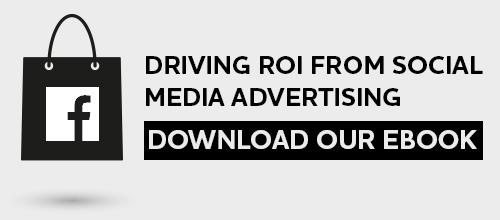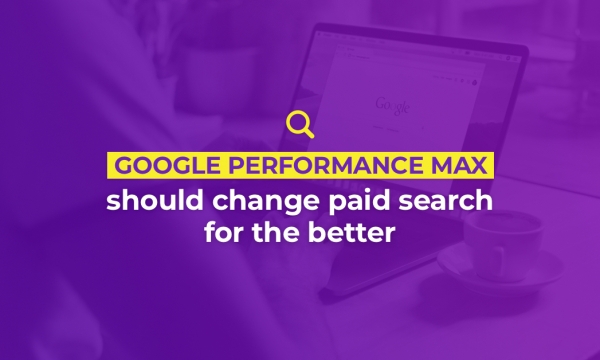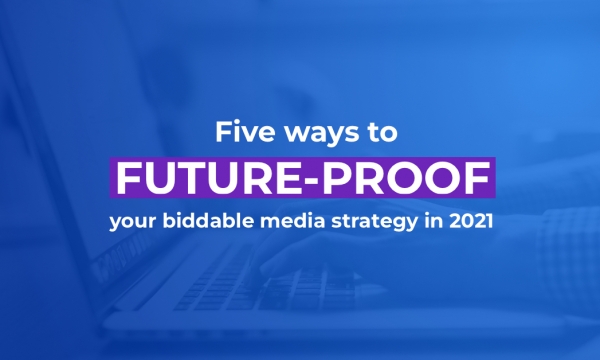“Buy now!”, “Half Price!”, “Discount Codes!”. We’ve all seen them and, as marketers, we’ve probably all used them. Incentives that are designed to trigger a positive consumer action and drive a return on investment from paid promotional activity.
But how targeted are your incentives? Without the right audience segmentation, the answer is probably “not very”.
Offers and incentivisation need to be tempered to the audiences that a brand is trying to target. Should the incentive be too weak or incorrectly targeted, then the ad is unlikely to be effective and budget will be wasted. Should an incentive be to strong or aggressively distributed, it can seriously impact a brand’s profitability.
Our latest whitepaper, How to Drive ROI through Social Advertising, discusses how detailed segmentation of your audiences makes it easier target your ad message based on the level of incentivisation that each audience group requires.
The more granular your segmentation, the more targeted your advertising can be and, ultimately, this is what will make your paid campaigns significantly more efficient.
This segmentation can take many forms, and you can group your audiences into a number of different categories. This could be based on audience behaviour, consumer dormancy, site visitor activity or simply demographics.
Remarketing to Dormant Consumers
Dormant customers, who may have previously engaged with your brand but have not made a purchase for some time since, can make up a very important part of your consumer database.
Usually this process will look at your eCRM data and identify the last purchases a consumer made. You can then add additional layers of insight to this, such as the types of items / services purchased, and the previous frequency of purchase, to identify how much incentivisation different groups will require. You could, for example, use the length of time since their last purchase, as an indication of how engaged, or disengaged a customer is.

The less amount of time that a user has been dormant, the less incentivisation they are likely to need and the fewer touchpoints they are likely to use, so you should be spending less in attracting this audience. However, those audiences that have not engaged with your brand are likely to need more incentivising and more persuading. This could even include targeted incentives such as discount codes or exclusive offers.
Site Visitor Remarketing
Remarketing tags are another way of gathering insight into what triggers your audiences respond to.
These tags enable brands to understand how users behave on site, what the conversion journey is and where the ‘leak’ points of a website are (for example, does your delivery page create an increase in dropped baskets?). Once we understand how users are behaving on-site, we can determine which areas of the site would be most effective at converting the traffic from your remarketing activity.
This can typically differ based on vertical, or based on the complexity of your online proposition, but the below diagram highlights a typical remarketing list that would drive greater efficiency from activity on social media channels.

Taking the example of a consumer who views a product page, an advertiser would typically look to deploy dynamic based remarketing on social activity to remarket back to them with specific products they have either viewed online, or similar products within that range. Given that you know these customers have not made a purchase previously, or added a product to the cart, you could incentivise this with a “free delivery” on your first order message, or 10% off for new customers.

For a previous customer however, using dynamic remarketing based on the products that the customer has bought previously is advisable. It is prudent to ensure that you do not remarket products that the customer has already purchased (unless the buying cycle for that product is frequent) and focus on similar products, up-sell products or products that “complete the look”.
Given that these customers would not typically qualify for any new customer discount, incentivisation and messaging changes to be more focused on “chosen for you” or “tailored to you” with an emphasis on pushing to customers first other exclusive offers or discounted products before opening these up to non-converting website visitors.



